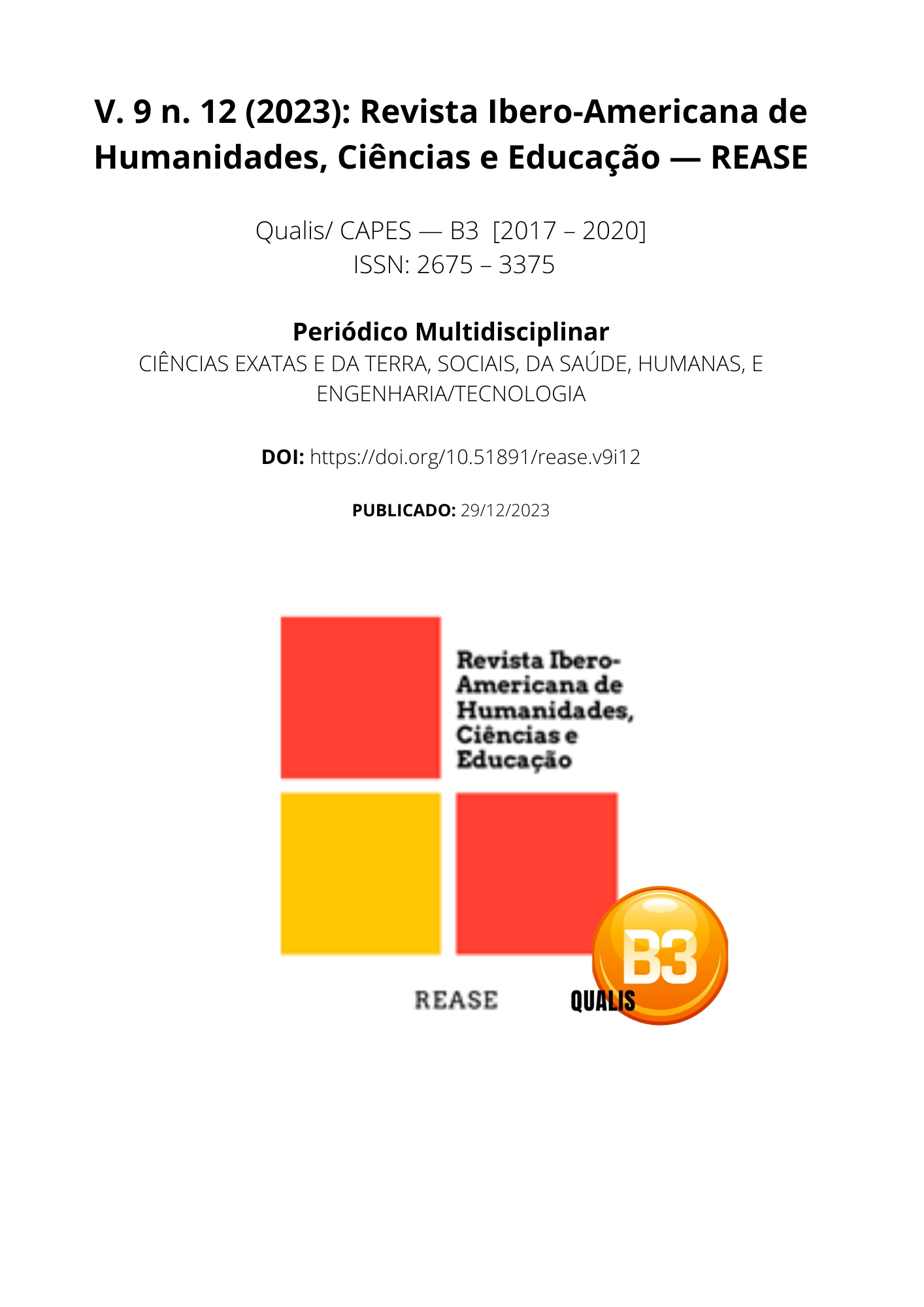PREPARATION OF COOKIES BASED ON TARO YAM (COLOCASIA ESCULENTA) BY PARTIAL REPLACING WHEAT FLOUR
DOI:
https://doi.org/10.51891/rease.v9i12.12681Keywords:
Taro flour. Biscuits. Sensory analyses.Abstract
With the aim of making biscuits by partially replacing wheat flour (Triticum aestivum) with 20, 30, 50 and 70% of taro flour (Colocasia esculenta), a study was carried out in the municipality of Huambo and, for this purpose, approximately 30kg of yam taro, transported in raffa bags, then washed in running water and peeled manually with the help of a stainless steel knife, late were sliced in a size of 2cm and dried directly in the sun for five days, the dried product was pulverized in a traditional mortar and subjected to screening to separate the coarser particles from the finer ones. The flour had contents of 7% lipids, 3.1% proteins, 1.9% ash, 0.76% water activity (aw), 11.53% moisture, 88.47% dry matter of the flour, since the pH was 6.73 and the titratable acidity of 1.3 mEq NaOH 1N/100g. The biscuits had lipid contents between 14.73 to 26.98g, 4.08 to 5.7% of proteins, 2 to 2.38% of ash, 94 to 98% of dry matter, 2.24 and 5, 84% humidity. Taro cookies showed no significant differences compared to standard cookies.
Downloads
Downloads
Published
How to Cite
Issue
Section
Categories
License
Atribuição CC BY

